Paracaine Proparacaine Eye Drops
$54.00 – $120.00
| Pack Size | Price | Price / Unit | Quantity | |
|---|---|---|---|---|
| 3 Packs | $54.00 | $18.00/ unit | ||
| 5 Packs | $75.00 | $15.00/ unit | ||
| 10 Packs | $120.00 | $12.00/ unit |
Want to order in bulk / B2B price ? | Send Inquiry |


| SKU | 11457 |
| Manufacturer | Sunways India Pvt Ltd |
| Categories | Eye Care |
| Delivery Time | 10 - 14 Working Days |
Introduction to Paracaine Eye Drops
Paracaine contains Proparacaine which belongs to the group of medicines called Local anesthetic agents. It is indicated for topical anesthesia in ophthalmic practice. It is used to cause temporary numbness of the eye, prior to any eye examination (such as tonometry or gonioscope) or ophthalmic procedures (such as cataracts, conjunctival scraping or removal of sutures or foreign bodies from the eye).
Paracaine is a fast-acting local anesthetic agent. It decreases pain sensation and cause temporary numbness in the eye by blocking the transfer of pain signals from the peripheral part of the body (i.e., eye) to the brain. Paracaine is a very fast acting anesthetic agent which brings in anesthesia within 30 seconds of application and the anesthetic effects may last up to 10-15 minutes or longer.
Before initiating therapy with Paracaine, inform your doctor if you have any heart problems or hyperthyroidism (increased functions of thyroid gland). You must also inform your doctor if you are pregnant or breastfeeding before Paracaine is given to you.
Paracaine Eye Drops is to be used only in the affected area in the dose and duration as advised by the doctor. To put this medicine into the eyes, hold the dropper close to the eye. Squeeze the bottle gently to put the drops into the eyes. Avoid touching the tip of the dropper with the eye. It is manufactured by Sunways India Pvt Ltd.
Uses of Paracaine Eye Drops
Paracaine eye drops are primarily used as a local anesthetic in ophthalmology to temporarily numb the surface of the eye. This numbing effect helps alleviate pain and discomfort during various eye examinations, procedures, or interventions. Here are some common uses of Proparacaine eye drops:
- Tonometry
- Slit-Lamp Examination
- Foreign Body Removal
- Minor Surgical Procedures
- Corneal Abrasions or Lacerations
- Contact Lens Fitting
- Photorefractive Keratectomy (PRK)
- Diagnostic Procedures
How Does Paracaine Eye Drops Works?
Paracaine eye drops work as a local anesthetic to temporarily numb the surface of the eye, specifically the cornea and conjunctiva. The cornea is a transparent front part of the eye that covers the iris, pupil, and anterior chamber. The numbing effect provided by Proparacaine is beneficial in various ophthalmic procedures to minimize pain and discomfort. Here’s how Proparacaine works:
- Blockage of Nerve Signals
- Inhibition of Sodium Channels
- Prevention of Pain Sensation
- Quick Onset and Short Duration
- Limited Penetration
Side Effects of Paracaine Eye Drops
While Paracaine eye drops are generally considered safe when used as directed by healthcare professionals, like any medication, they can potentially cause side effects. It’s important to note that serious side effects are rare, and the benefits of using Paracaine usually outweigh the risks when administered appropriately for short-term procedures. Some possible side effects include:
Common Side Effects
- Mild stinging or burning sensation
- Watery or red eyes
- Blurred vision
- Light sensitivity
- Feeling of irritation or something in the eye
Serious Side Effects
- Allergic reactions (e.g., rash, swelling, difficulty breathing)
- Corneal damage or delayed healing (with prolonged use)
- Changes in eye pressure
- Corneal swelling (edema)
- Systemic effects from absorption (rare)
- Contact dermatitis
Dosage of Paracaine Eye Drops
Paracaine eye drops can vary based on the specific procedure being performed and the patient’s individual needs. It is crucial to follow the exact dosage and administration instructions provided by the prescribing healthcare professional. The following are general guidelines for the use of Paracaine eye drops:
- Before Eye Examinations or Procedures
- Before Minor Surgical Procedures
- Duration of Use
- Frequency
- Individualized Dosage
How To Manage Side Effects?
Paracaine eye drops, it’s important to manage these effects appropriately. Here are general guidelines on how to manage common side effects and when to seek medical attention:
- Stinging or Burning Sensation
- Blurred Vision
- Tearing or Watery Eyes
- Redness of the Eye:
- Increased Sensitivity to Light (Photophobia)
- Allergic Reactions
Warning & Precautions
Paracaine eye drops, like any medication, come with specific warnings and precautions that should be considered before use. It’s important to follow the guidance of healthcare professionals and adhere to prescribed dosages and instructions. Here are some warnings and precautions associated with Paracaine eye drops:
1. Limited to Ophthalmic Use:
- Paracaine is intended for topical ophthalmic use only. It should not be used for injection or for anesthesia in other parts of the body.
2. Short-Term Use:
- Paracaine is designed for short-term use and should not be used for prolonged periods. Prolonged or excessive use may lead to corneal damage, delayed healing, and other complications.
3. Individualized Dosage:
- The dosage and frequency of Paracaine administration should be determined by the healthcare provider based on the specific procedure and the patient’s individual needs.
4. Avoiding Contamination:
- To prevent contamination, avoid touching the tip of the dropper to any surface, including the eye. Contamination can introduce bacteria and lead to infections.
5. Monitoring for Adverse Effects:
- Healthcare professionals should closely monitor patients for any adverse effects during and after the use of Paracaine. This includes observing for signs of allergic reactions, corneal damage, and delayed healing.
6. Known Hypersensitivity:
- Individuals with known hypersensitivity or allergies to Paracaine or its components should not use the medication. Alternative anesthetics may be considered.
7. Caution in Patients with Corneal Defects:
- Paracaine should be used with caution in patients with corneal defects, abrasions, or lesions. The anesthetic effect may mask discomfort, potentially delaying the diagnosis and treatment of underlying issues.
Safety Advice
Paracaine eye drops, it’s important to follow the safety advice provided by healthcare professionals. Here are some key safety considerations:
- Prescription and Professional Guidance
- Dosage and Administration
- Avoiding Contamination
- Limited to Ophthalmic Use
- Short-Term Use
- Monitoring for Adverse Effects
- Eye Conditions
FAQs – Frequently Asked Questions
1. Is Paracaine safe for everyone?
Ans. Paracaine is generally safe when used as directed by a healthcare professional. However, individuals with known hypersensitivity or allergies to the drug should not use it.
2. How quickly does Paracaine take effect?
Ans. Paracaine has a rapid onset of action, typically taking effect within a few minutes after administration.
3. Can Paracaine be used for contact lens fitting?
Ans. Yes, Paracaine may be used to numb the eye during contact lens fitting, making the process more comfortable.
4. Can pregnant or breastfeeding individuals use Paracaine ?
Ans. The safety of Paracaine during pregnancy and breastfeeding is not well established. The decision to use the medication in these situations will be made by a healthcare professional based on a risk-benefit assessment.
| Pack Size | 10 Packs, 3 Packs, 5 Packs |
|---|---|
| Price/Unit | $12/unit, $15/unit, $18/unit |
Be the first to review “Paracaine Proparacaine Eye Drops” Cancel reply
Related Products
Eye Care
Eye Care
Eye Care
Eye Care
Eye Care

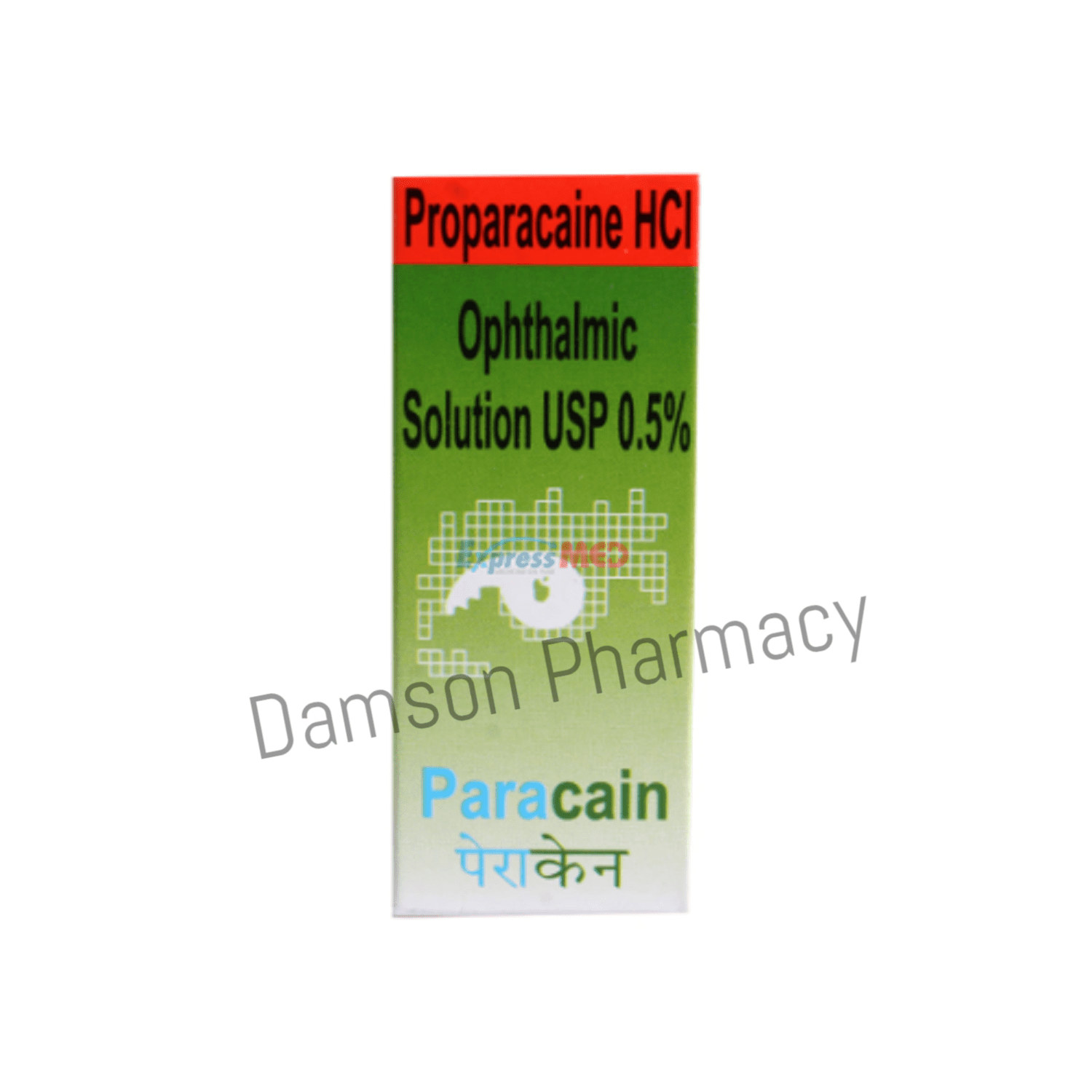
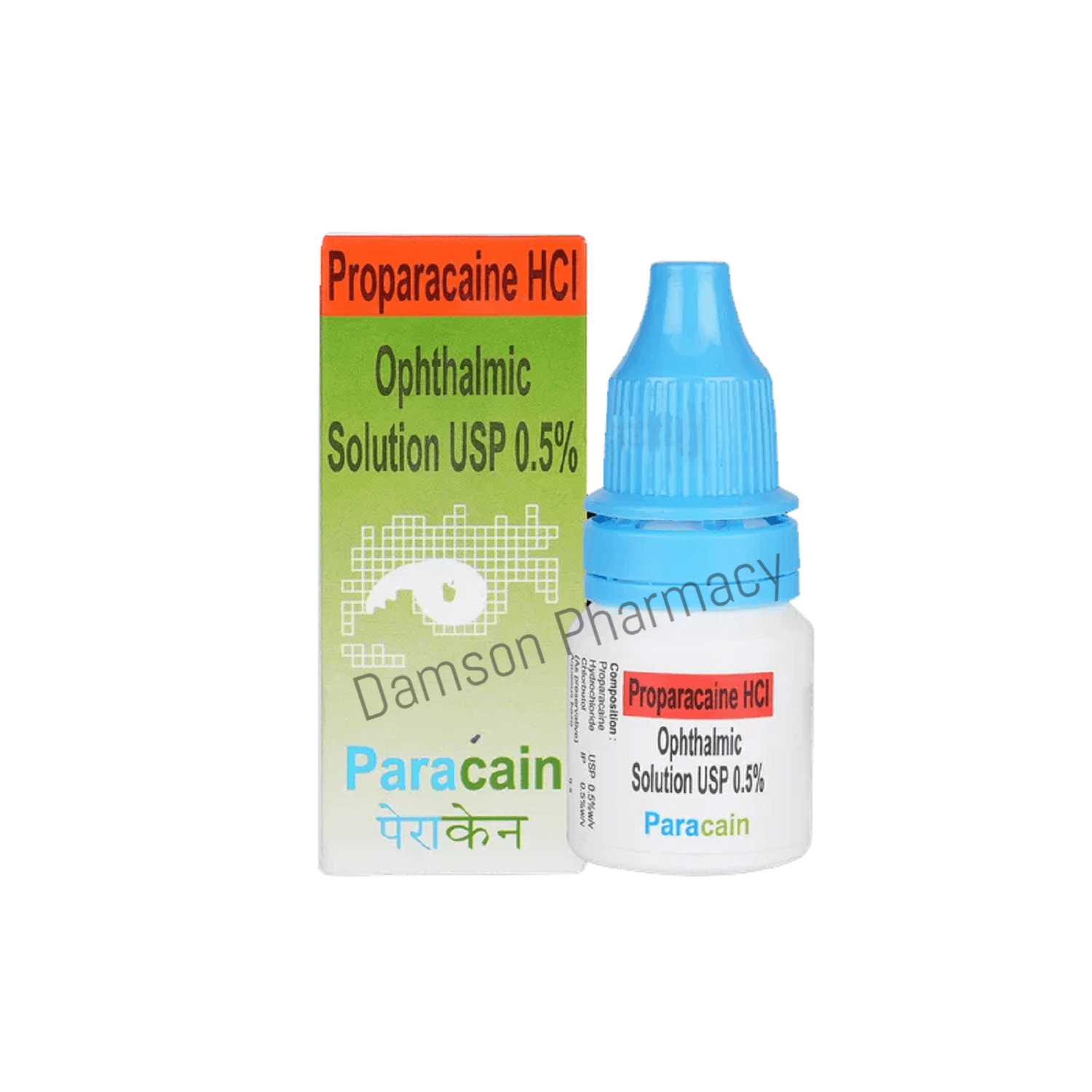
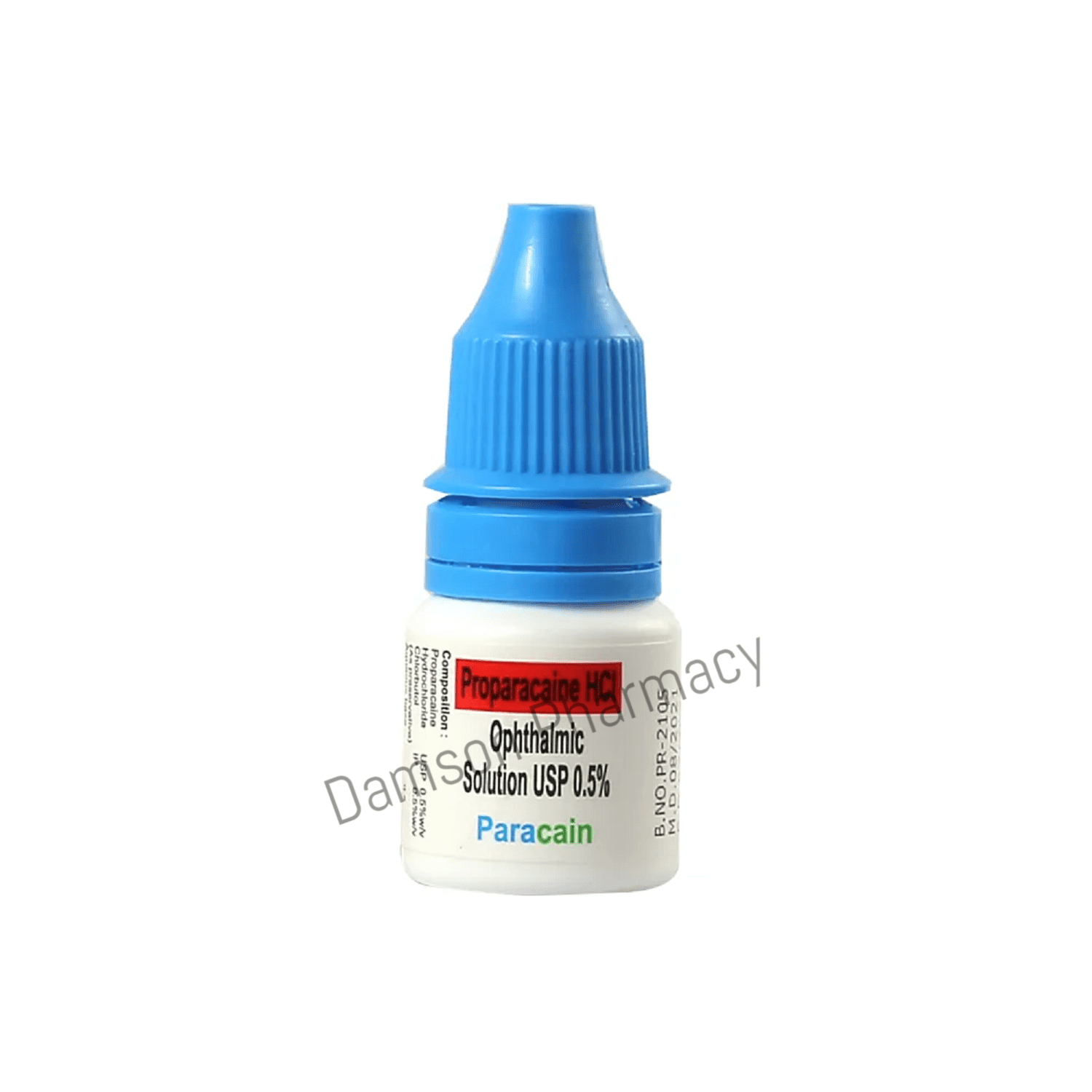
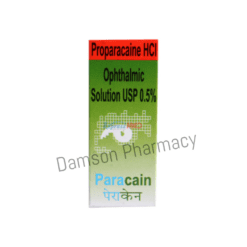
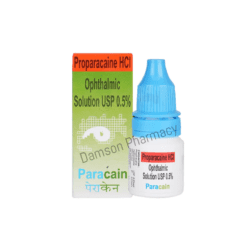
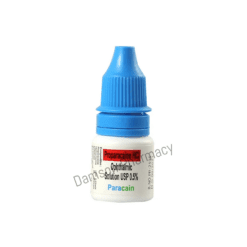
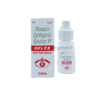
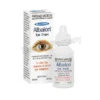

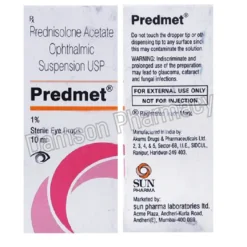
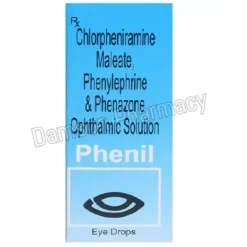
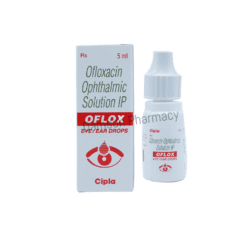
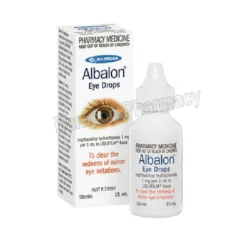
Reviews
There are no reviews yet.